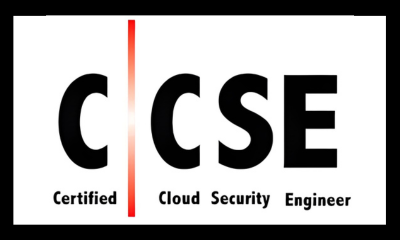A hard disk is a non-volatile storage device that stores digital information on magnetic disks. It is commonly used in computers and other electronic devices for storing files and data. A hard disk consists of one or more disks, which are coated with a magnetic material that can be magnetized to store data in the form of magnetic fields.
A file system is a way of organizing data on a hard disk. It is a software component that manages how data is stored, accessed, and retrieved from the hard disk. There are several types of file systems, including FAT (File Allocation Table), NTFS (New Technology File System), and EXT (Extended File System).
The file system provides a directory structure for organizing files and directories on the hard disk. A directory is a folder that contains files or other directories. A file is a collection of data that is stored on the hard disk and can be accessed and manipulated by the operating system or other software applications.
Each file has a unique name that identifies it on the hard disk. The file name consists of two parts: the file name and the file extension. The file extension indicates the type of file, such as .doc for a Microsoft Word document or .jpg for a JPEG image file.
When a file is saved on the hard disk, the file system assigns it to a specific location on the disk. The file system keeps track of the location of each file on the disk and the amount of space it occupies.
In summary, a hard disk is a storage device that stores data on magnetic disks, while a file system is a software component that manages how data is stored and accessed on the hard disk. The file system provides a directory structure for organizing files and directories on the hard disk, and each file has a unique name and location on the disk.


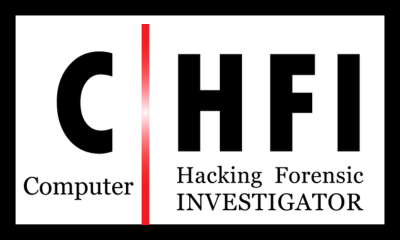







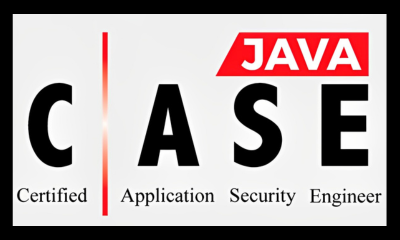
_CC638186862541370352_.png)
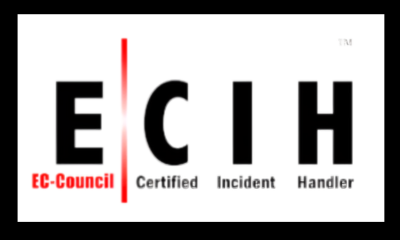
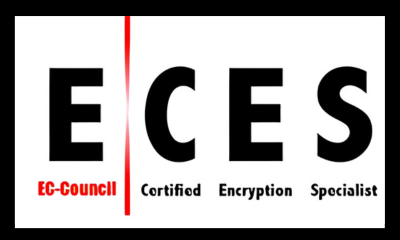
_CC638186813057884014_.png)

_CC638186806638949872_.png)
_CC638186739507153907_.png)
_CC638186640316352627_.png)
